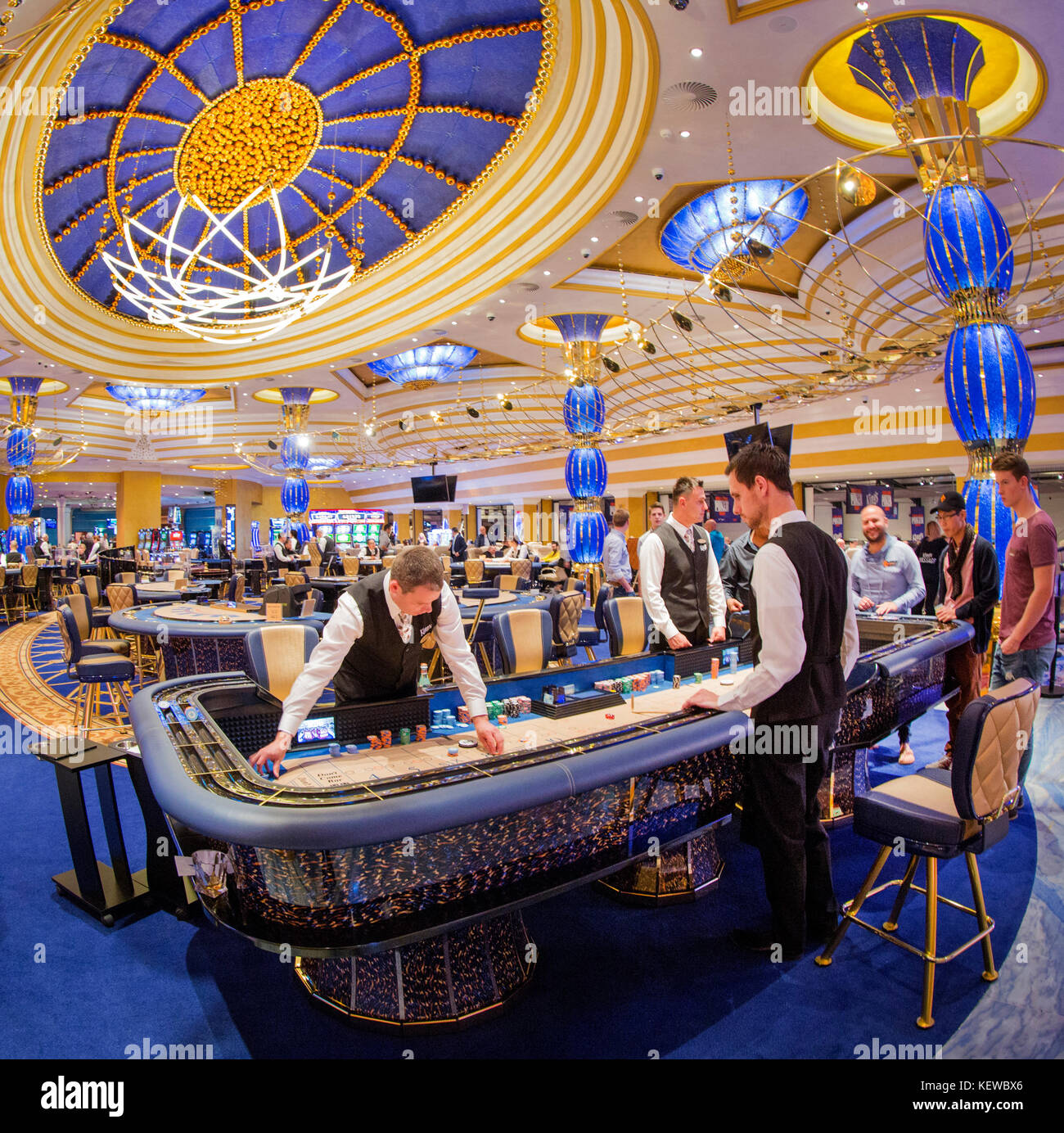The saga of fruit machines is a fascinating journey that parallels the development of amusement and wagering across the ages. From their simple beginnings in the final decades of the 1800s to becoming a mainstay in gaming halls around the world, these chance games have gone through significant changes. Casino slots games have enthralled players with their vibrant graphics, engaging storylines, and the promise of life-changing wins.
Initially made as analog machines with spinning drums and few images, slot machines have grown into sophisticated tech-based games that include modern tech and dynamic components. Today, they welcome millions of players, each wanting to strike it lucky with just the pull of a lever or the tap of a tap. Delving into the captivating background of these machines reveals not just the tale of a well-liked activity, but also a depiction of cultural shifts and tech developments over the decades.
One of the Beginnings in Slot Machines’ History
A tale of slot machines begins in the late 19th century, a time when mechanical devices were becoming popular in places of amusement. The first true slot machine was invented by Charles Fey in 1895, referred to as the Liberty Bell. It featured 3 spinning reels and five symbols: hearts, diamonds, spades, a horseshoe, and the legendary Liberty Bell. Players pulled a lever to spin the reels, and if the symbols matched in a specific combination, players won a payout. Fey’s invention quickly captured the attention of gamblers and paved the way for future developments in casino slots games.
As the concept of the slot machine gained popularity, various inventors sought to improve upon Fey’s design. By the early 1900s, slot machines were becoming a frequent presence in saloons and amusement parks. In 1907, the first electromechanical slot machine was created by Herbert Mills, featuring a more intricate system of payout mechanisms and the iconic fruit symbols that are still linked to slots today. This evolution marked a significant shift in the gaming industry, as machines became more engaging and user-friendly, drawing in more players. https://bl555.run/
The popularity of slot machines remained high throughout the early 20th century, resulting in their widespread adoption in casinos across the United States. However, as legal restrictions on gambling during the Great Depression posed challenges for the industry. Many machines were banned, but this did not halt innovators. Instead, they adjusted by creating machines that gave out candy or gum instead of cash prizes, effectively bypassing the restrictions while still offering the thrill of a casino slots game. This ingenuity kept the spirit of gambling intact, setting the stage for the future resurgence of slot machines in modern casinos.
Evolution of Gambling Machine Innovation
The background of gambling machines commenced in the final 19th era with the debut of the early mechanical slot machines. Charles Fey, a San Francisco mechanic, launched the Liberty Bell slot machine in 1895, which boasted three revolving reels and five images: hearts, diamond shapes, spades, a horseshoe, and the bell symbol itself. This straightforward yet enthralling appearance laid the foundation for the progress of gambling slots, creating an immediate appeal for players looking for entertainment and a opportunity to win.

As tech progressed, so did the appearance and functionality of gambling devices. By the middle 20th century, electronic mechanical machines surfaced, including electronic elements to boost gameplay and increase payout possibilities. These improvements allowed for greater complexity features like several paylines and greater jackpots. The casinos adopted these innovations, leading to the growth of gambling devices as a major provider of income within the casino business, radically changing the slots gaming experience.
The final 20th and beginning 21st eras brought the digital revolution, leading to the introduction of video gambling machines. These devices replaced traditional reels with monitors, allowing even more imagination in themes and gameplay features. Gamblers could now appreciate immersive graphics and sound effects, along with dynamic bonus rounds. The shift to internet gambling further transformed the gambling world, making slots reachable to a global market anytime and anywhere, thus marking a new phase in the evolution of gambling device innovation.
The Social Influence of Gaming Machines
These gaming machines have become more than just a means of leisure; they have woven themselves into the fabric of popular culture. Across movies and television shows to music and literature, these iconic gaming machines often act as symbols of luck and gambling. Films like Casino and Ocean’s 11 notably feature slots, depicting them as exciting yet unpredictable elements of the casino atmosphere. Their distinct attraction lies in the noise of coins clinking, the spinning reels, and the bright blinking lights, which in unison create an electric atmosphere that draws people in.
In addition, slot machines have influenced social gatherings and events, making them a focal point in casinos and gaming venues. Numerous individuals do not just go to a casino to gamble; they go for the entire experience, which includes the social interactions and the lively ambiance surrounding these machines. Special contests and themed gaming nights centered around slots also showcase their popularity, fostering social connections and shared experiences among players. This social element has contributed to the machines’ lasting popularity.
The evolution of technology has further changed this cultural impact. Digital and online slots have expanded access to these games well beyond the walls of physical casinos. Players can now enjoy their favorite casino slots game from home or on the go, leading to the rise of online communities and forums where enthusiasts share strategies and experiences. The continuous innovation in game design and the integration of storytelling have kept the cultural significance of slot machines alive, attracting younger audiences while maintaining a tie to their cultural roots.